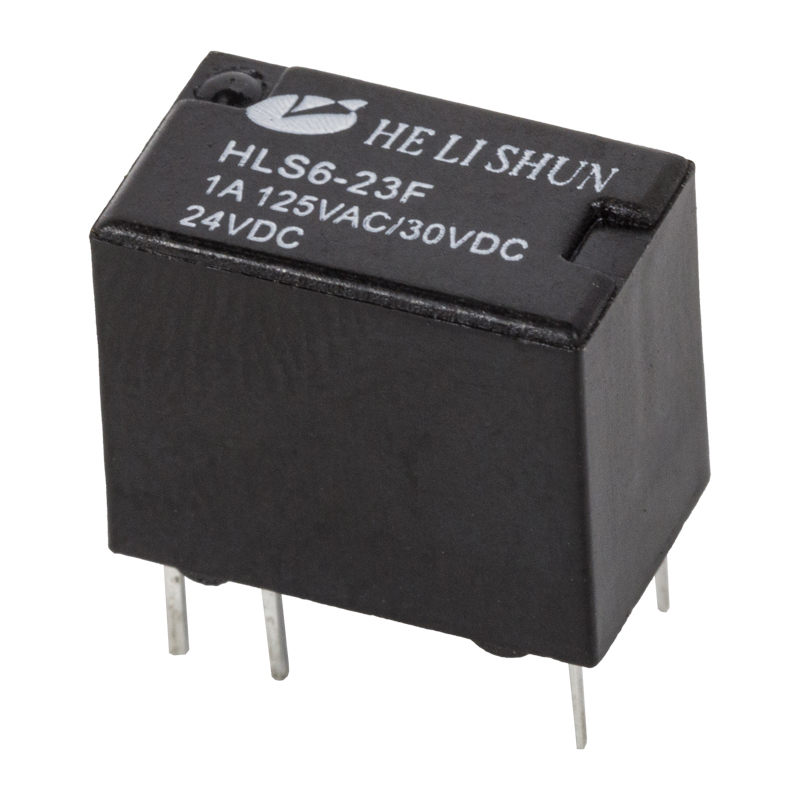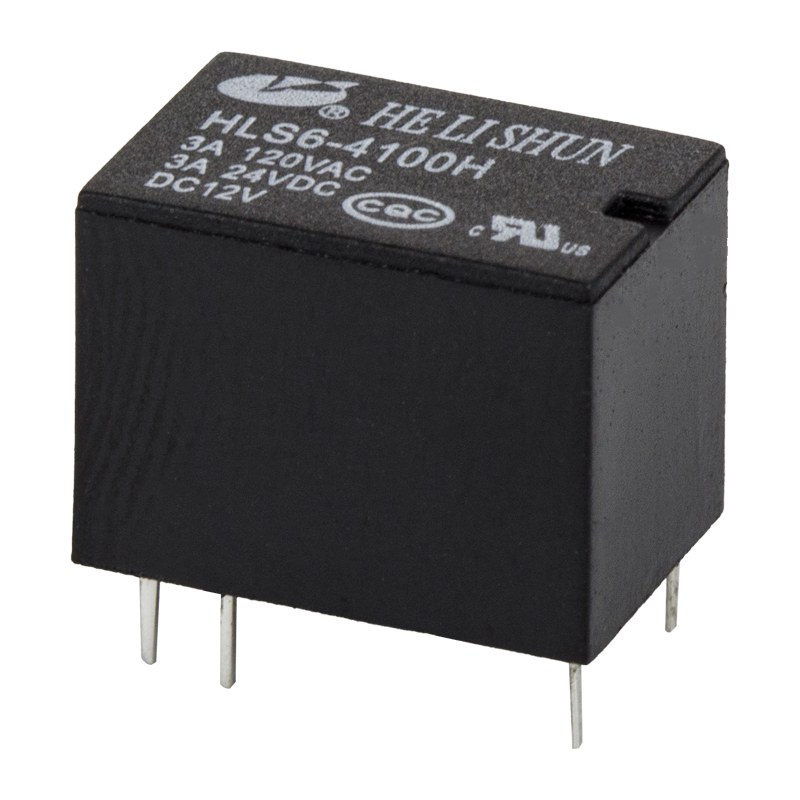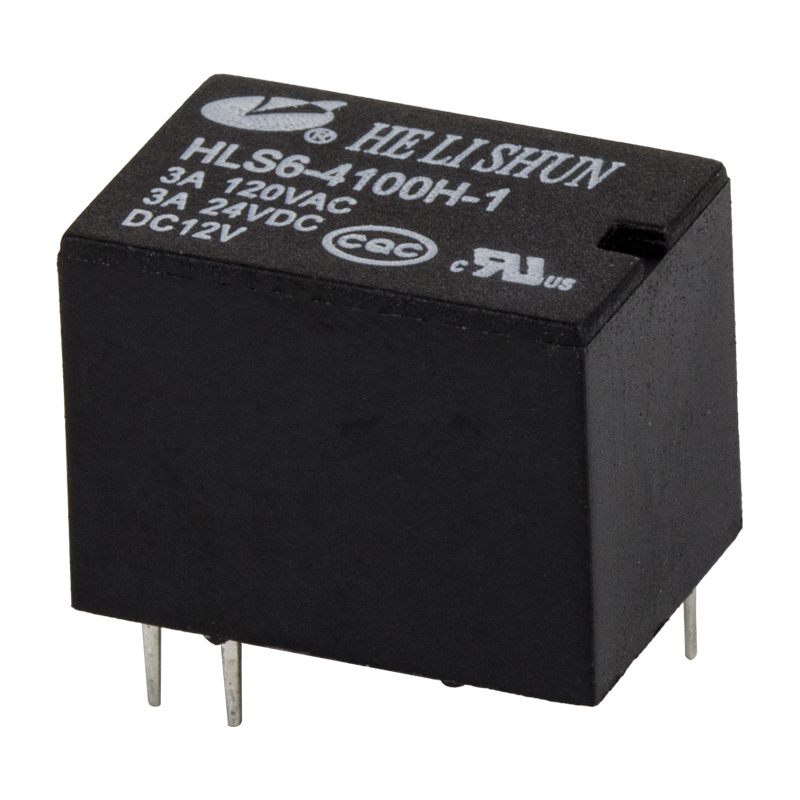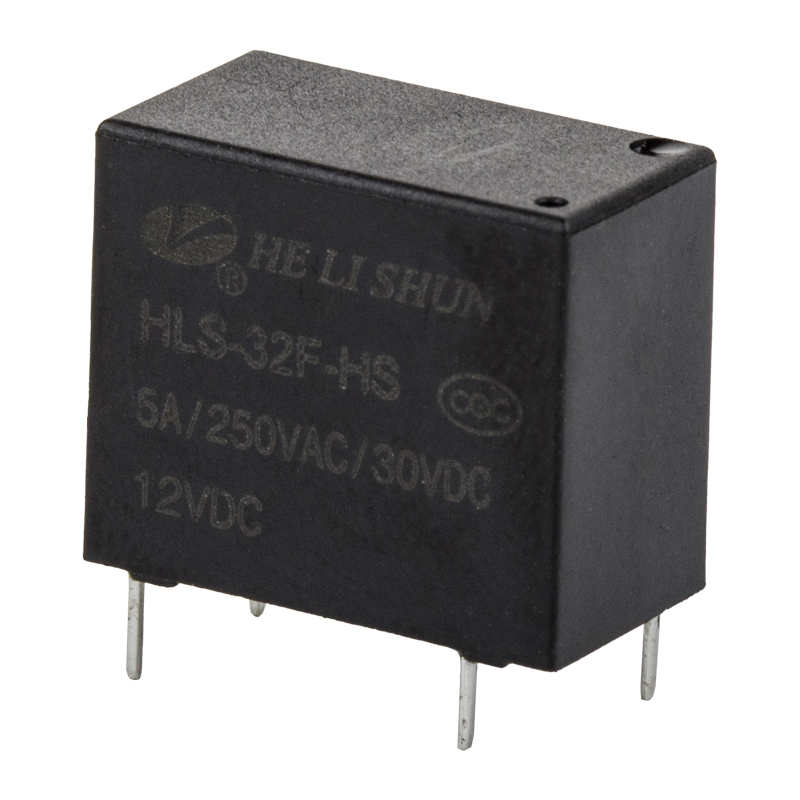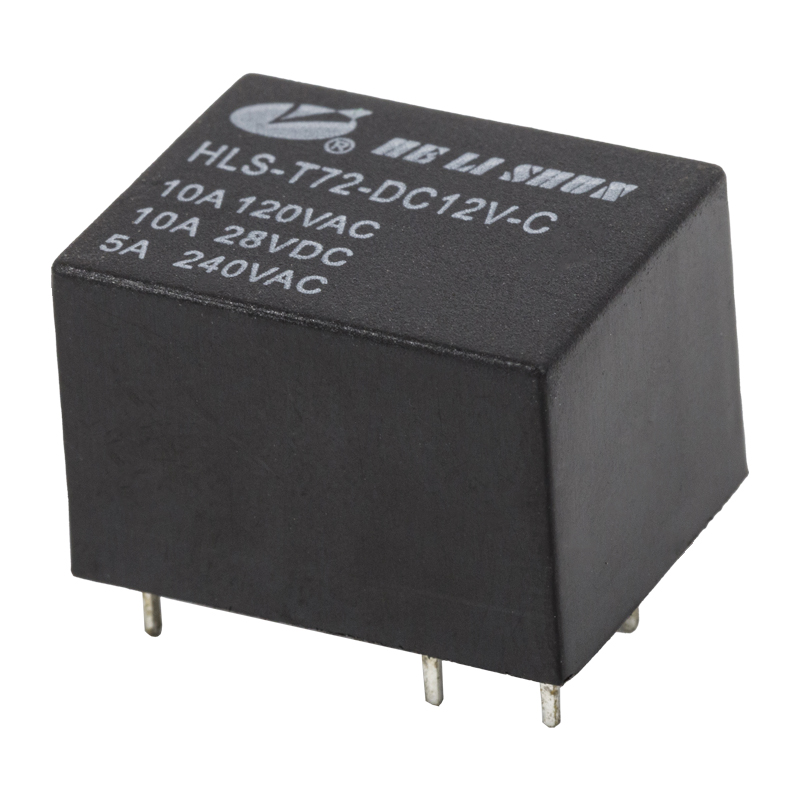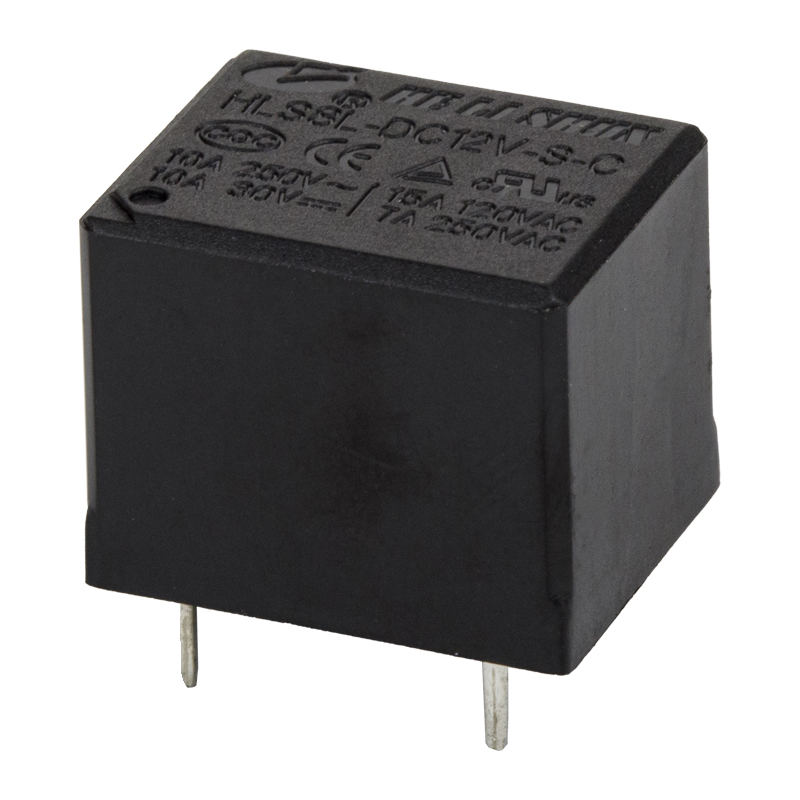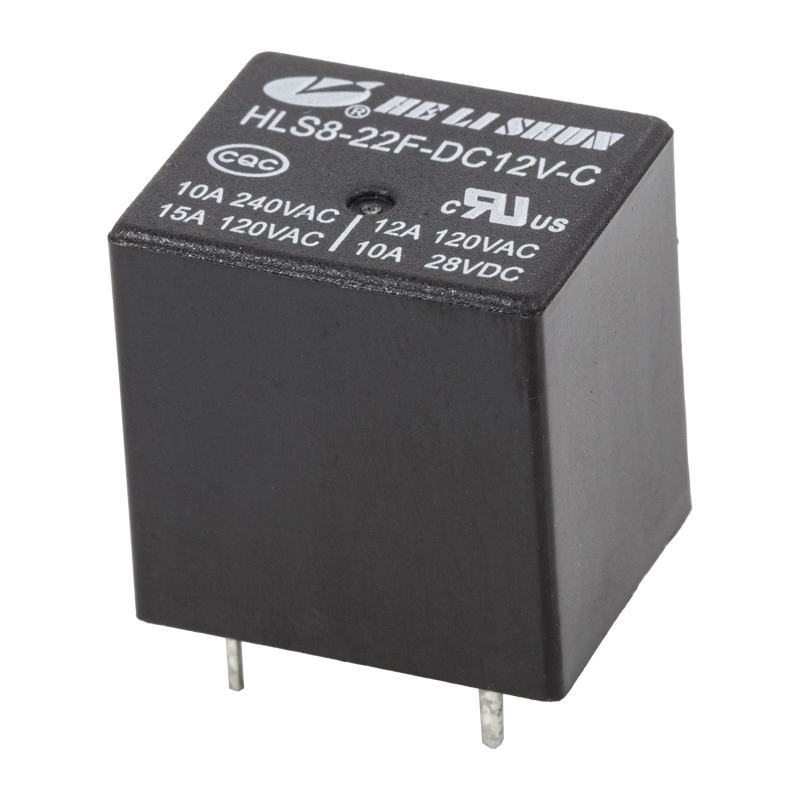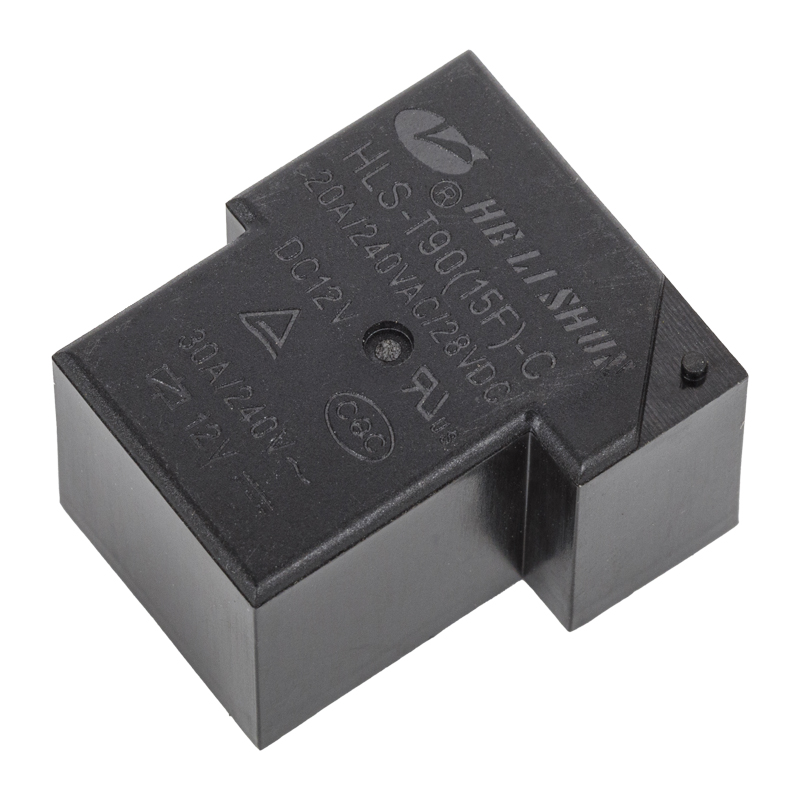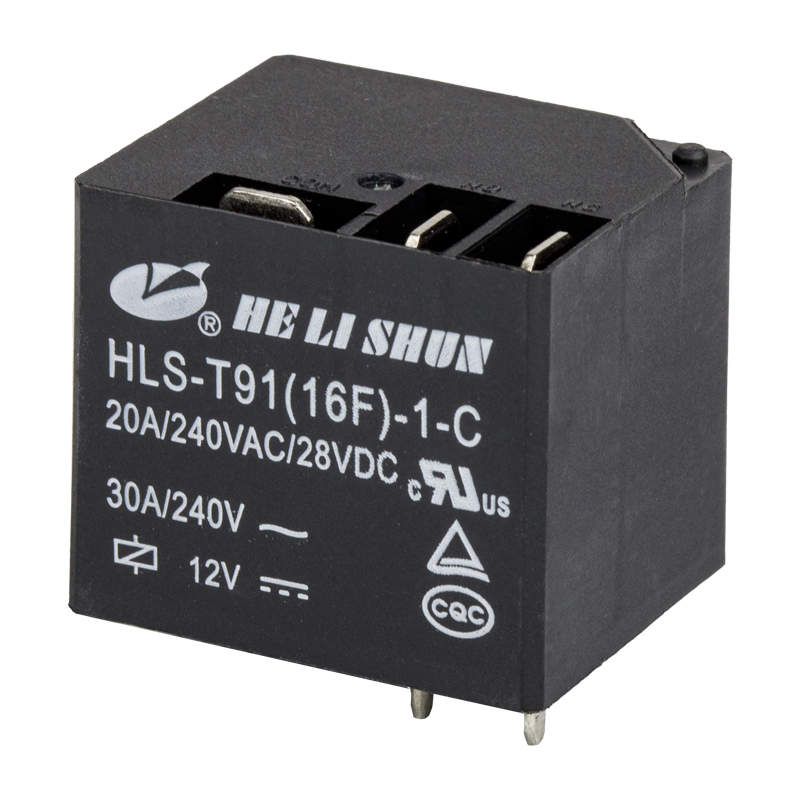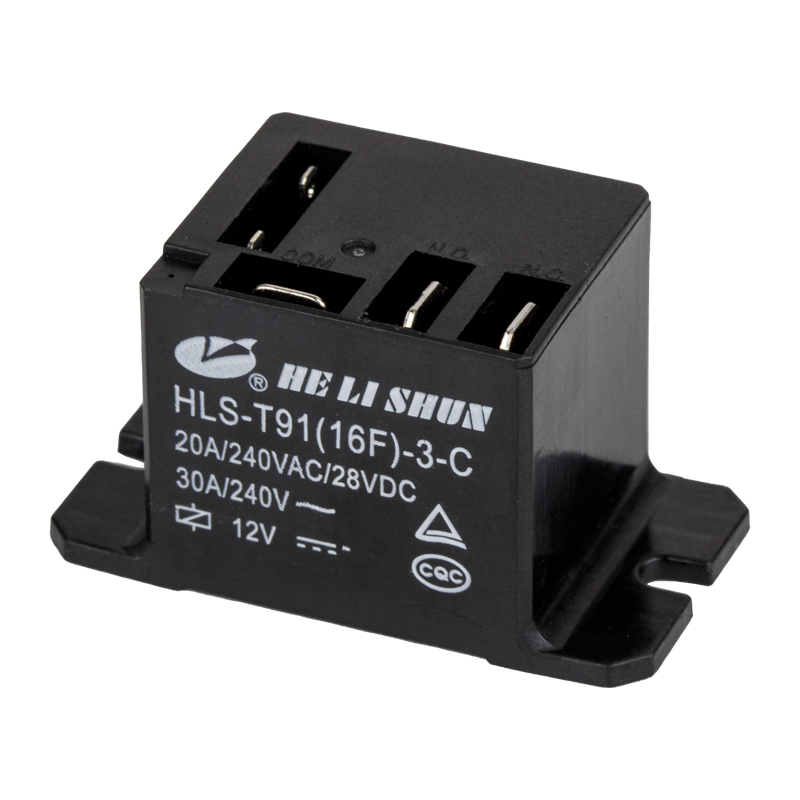A relay socket is a base used with relays, primarily to facilitate relay installation, removal, and maintenance. It provides a fixed electrical connection point for the relay, allowing it to be easily plugged in and out without requiring direct connection to a circuit board or wiring.
Content
Composition and Classification of Relay sockets
Relay sockets are typically made of flame-retardant materials and contain metal contacts for connecting to relay pins. These sockets are precisely designed to match various relay models, ensuring stable and reliable connections. They can be broadly categorized as follows:
- PCB-type relay sockets: Soldered directly onto printed circuit boards, suitable for compact and integrated devices.
- DIN-rail-type relay sockets: Mounted on DIN rails, ideal for modular installation in industrial control cabinets.
- Screw-type relay sockets: Use screw terminals for wiring, facilitating flexible on-site commissioning.

Advantages of Relay sockets
Relay sockets provide multiple benefits that make them indispensable in electrical and automation systems:
- Easy Maintenance: Relays can be replaced quickly without re-soldering or rewiring, reducing downtime.
- Improved Safety: The socket design prevents accidental contact with live parts, enhancing protection.
- Standardized Installation: Simplifies the relay installation process and improves production efficiency.
- Relay Protection: Provides stable support, reducing risks from vibration or mechanical stress.

How to Choose the Right Relay Socket
When selecting a relay socket, keep in mind the following considerations:
- Relay Model: Ensure compatibility between socket pin layout and relay type.
- Rated Current and Voltage: The socket must meet your system’s electrical requirements.
- Mounting Method: Select PCB-mount, DIN-rail, or screw-mount according to equipment design.
- Material Quality: Choose flame-retardant, high-temperature-resistant materials with good insulation properties.

Relay sockets are not just accessories; they enhance system reliability, safety, and ease of maintenance. Choosing the right socket ensures long-term performance in any relay-based design.




 English
English 中文简体
中文简体
